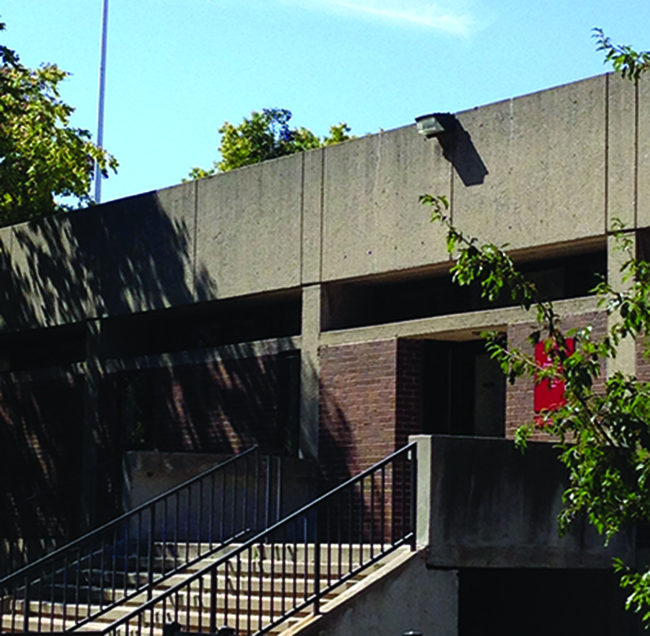Kylie Riggio
Contributing Writer
North Central College is in the process of planning and developing its new science center. Kroehler Science Center, the college’s current science building, is in need of updating. “The (current) building is starting to feel cramped and outdated,” says Rachel Foy, biology major at North Central. However, as opposed to just updating Kroehler, the College and Trustees decided that it would be more beneficial to build an entirely new center.
The science center will cost an estimated $40 million to $50 million and will house the entire science department including mathematics, computer science, chemistry, biology, physics and psychology.
During the summer of 2010, a small group of College Trustees met to discuss goals and evaluate the current stage of the science program.
“We toured our current science center with a critical eye towards the types of spaces that this building offered and how those spaces did or did not fit with our educational objectives. Once familiar with our current spaces, we traveled to other Colleges (Hope College, Illinois Wesleyan, Wheaton) with these Trustees to tour those facilities and hear how remodeling and rebuilding science facilities affected the science programs at those institutions,” says Dr. Jeff Bjorklund, chemistry professor at North Central College.
Then, the College hired Research Facilities Design (RFD) to work with the science faculty and determine how to best go about developing a new facility.
“We are still verifying the space requirements to ensure that classroom, laboratory, and office spaces meet the College’s needs. RFD has not designed a building in the sense that we know what the building will look like. What RFD has done is figure out all of the details for the needed spaces” says Bjorklund. They are now in the fundraising stage.
When the current science center was built, undergraduate research was not common. Now, there is a conflict with space – students need to use teaching lab space which limits them. If there were a separate space for undergraduate research, they would be able to collaborate with other undergraduates.
Another issue that the new science center will address is the layout of classrooms. Lectures and labs now occur in separate spaces, but the new science center would enable the two to occur at the same time. “Students learn science by doing science,” says Bjorklund.
Foy agrees that this change would be a significant improvement: “Condensing the lectures and lab would definitely save time during the week. It would also allow for more flexibility in my schedule.”
Students will not only benefit from an integrated classroom, but also the conveniences and modern equipment of a new science center.
According to Bjorklund, there will be common areas for students to work in small groups, better layouts, and improved curriculum. Faculty will also benefit from these conveniences, as well as more opportunities to collaborate with other faculty in the same department who are now housed in separate locations.
The new opportunities that the science center will provide may also be a selling point to prospective students. There is a hope that with a new science center, there will be an increased interest from prospective students.
“Other schools that have built new science facilities recently have seen increased interest from prospective students in the sciences and their programs have experienced a growth spurt,” says Bjorklund.
However, after talking to prospective biology student Colin Jecha, it seems as though a new science center may not be the only thing needed to grab a prospective student’s attention.
According to Jecha, although a new center would be a factor, when deciding between schools he would choose the one with the best quality professors. “I look for schools with a variety of courses, hands-on experience, field work, and job placement,” says Jecha.

